|
Photos: TED LEVIN/photolibrary.com & John Cancalosi/naturepl.com
0 Comments
LifeStraw purifies water instantly and inexpensively: it is a solution that can provide millions of under-privileged people with safe drinking water, 900 million people in the world are without access to safe drinking water. That’s a serious problem. Announced to the world in 2005, the LifeStraw invention is a huge step in the right direction towards tackling this problem. Swiss-based Vestergaard Frandsen designed two LifeStraw products: the LifeStraw and LifeStraw Family.
LifeStraw technology effectively purifies water without any use of chemicals. There is no need for batteries, and there are no moving parts. The patented filtration system relies only on suction (LifeStraw) or gravity (LifeStraw Family) to purify the water. LifeStraw can provide 1000 litres of safe drinking water, which is enough for one person per year. LifeStraw is easy to use as it functions like a regular straw, you simply suck on it and the water will start flowing. It is also compact and easy to carry. LifeStraw removes 99.9999% of waterborne bacteria and 99.9% of parasites. It costs around $20 in the USA, and is cheaper or subsidized for places in need. That makes it a relatively inexpensive solution that could serve a lot of people. Source
Photo credits: Zoo Ave Animal Rescue Center
The unlikely friendship: Ingo the shepherd dog and Poldi the little owl by Tanja Brandt .
Pinned insect manipulator (IMp) constructed of LEGO® building bricks with two axes of movement and two axes of rotation which facilitates resizing to meet the full range of pinned insect specimens, is fully customizable, collapsible, affordable and does not require specialist tools or knowledge to assemble.
"A good insect specimen manipulator requires the following properties: (i) Foremost the manipulator should allow for easy positioning and repositioning of specimens especially if used for imaging at multiple views or comparing structures at different angles; (ii) Stability to prevent the specimen moving once in the correct position; (iii) Capability of fine scale adjustment to enable positioning the specimen under magnification and (iv) Open design to allow for both specimen placement/removal and adequate illumination of the specimen to be examined". Photos via wired
|
Blog Archive
|
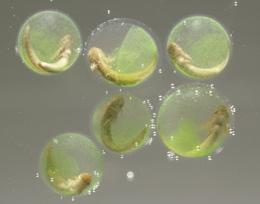
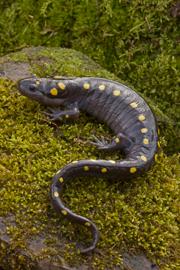
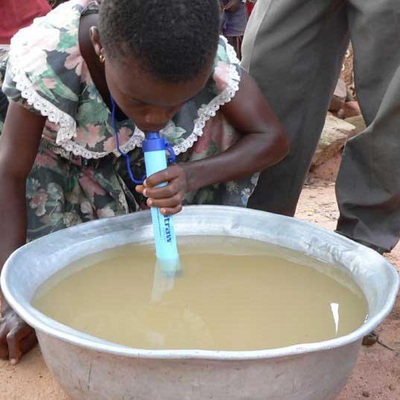
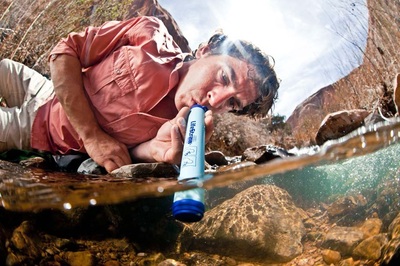
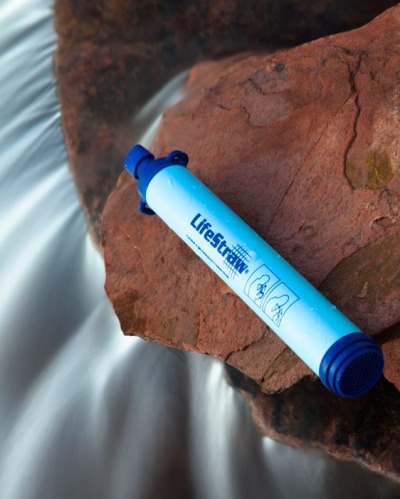
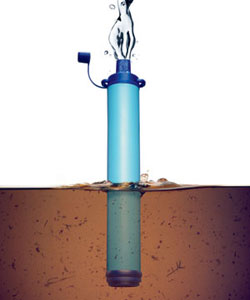

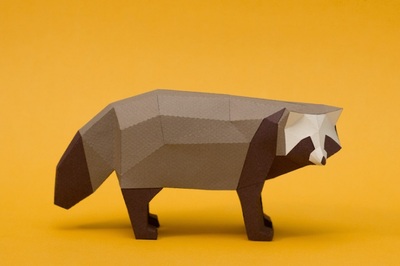
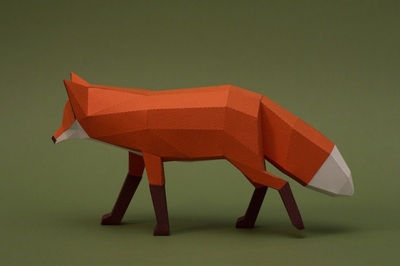
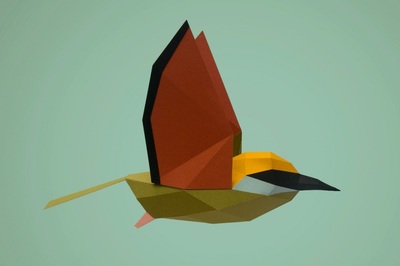
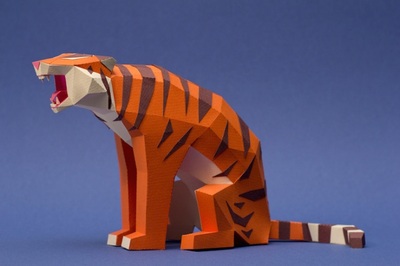
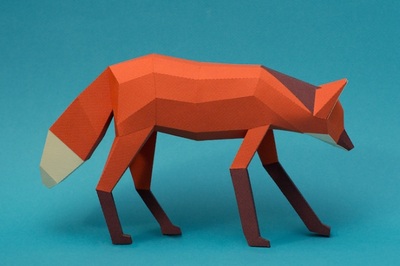


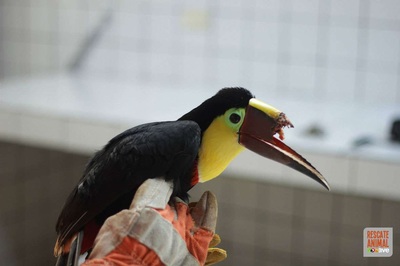
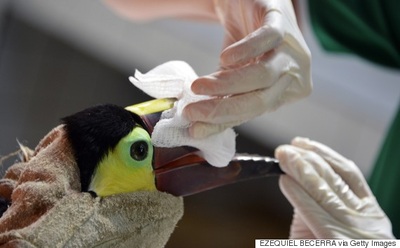
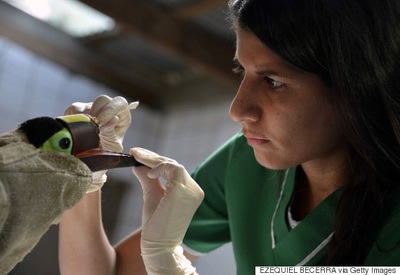
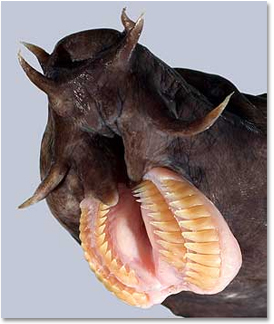
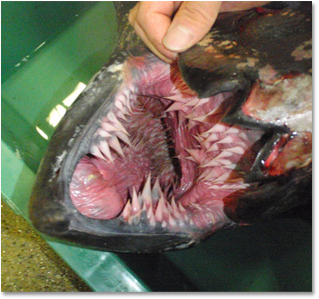
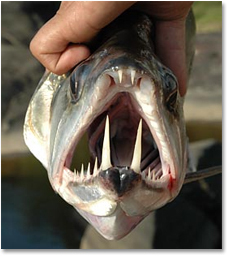
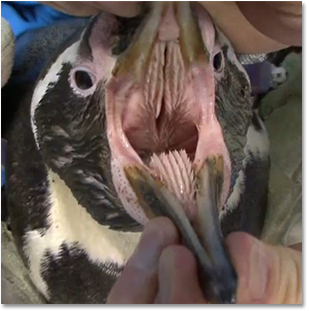
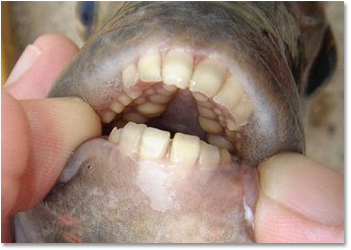
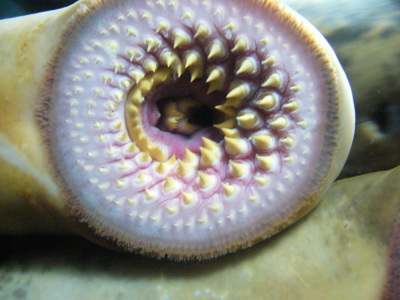
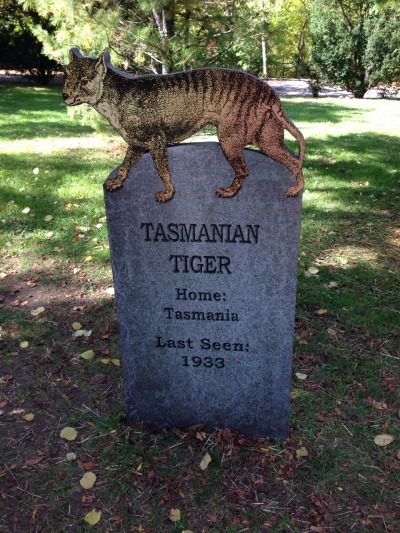
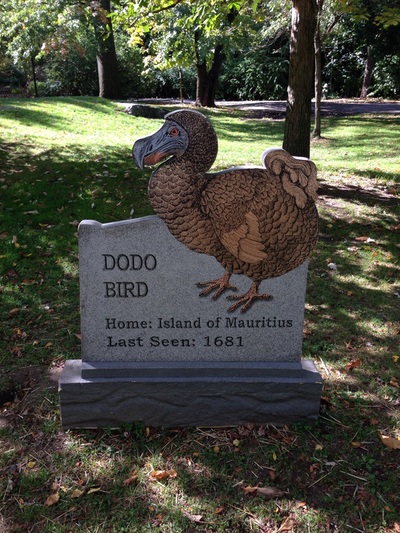

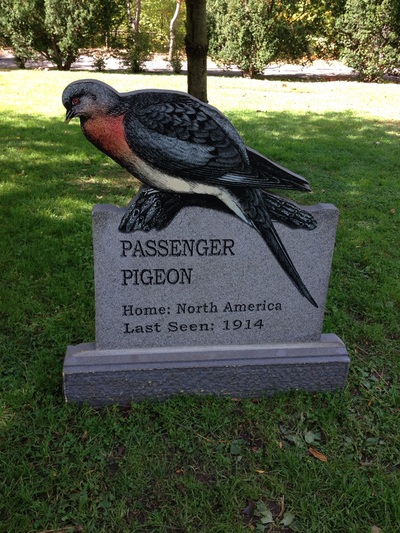
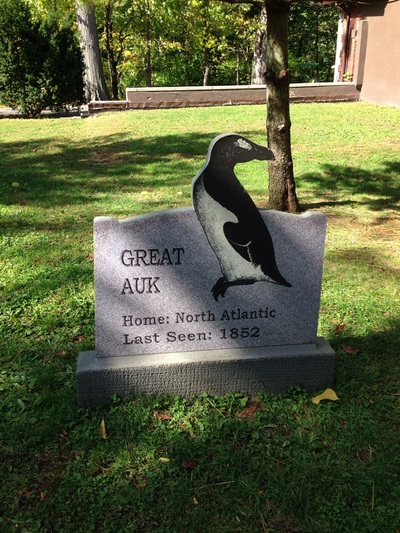
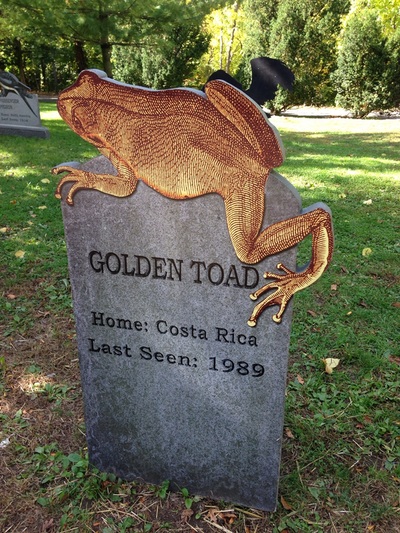
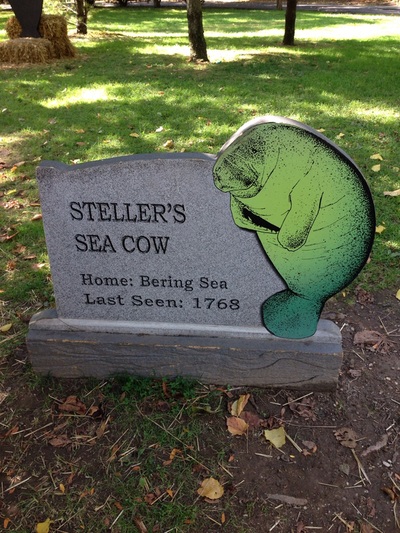
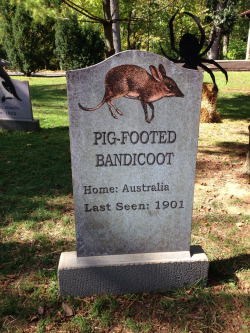
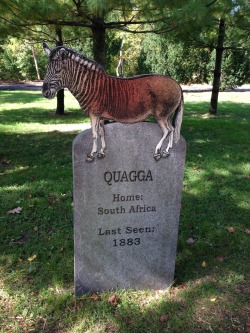
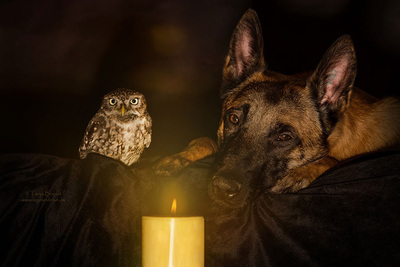
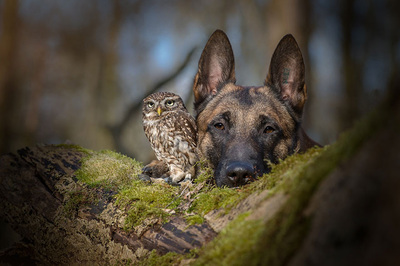
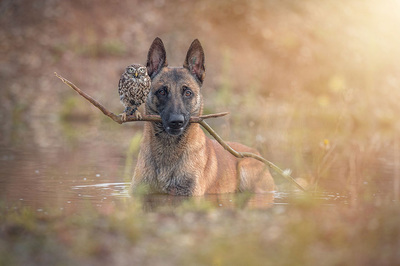
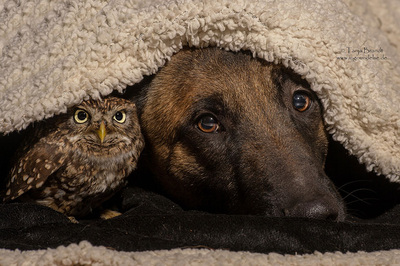
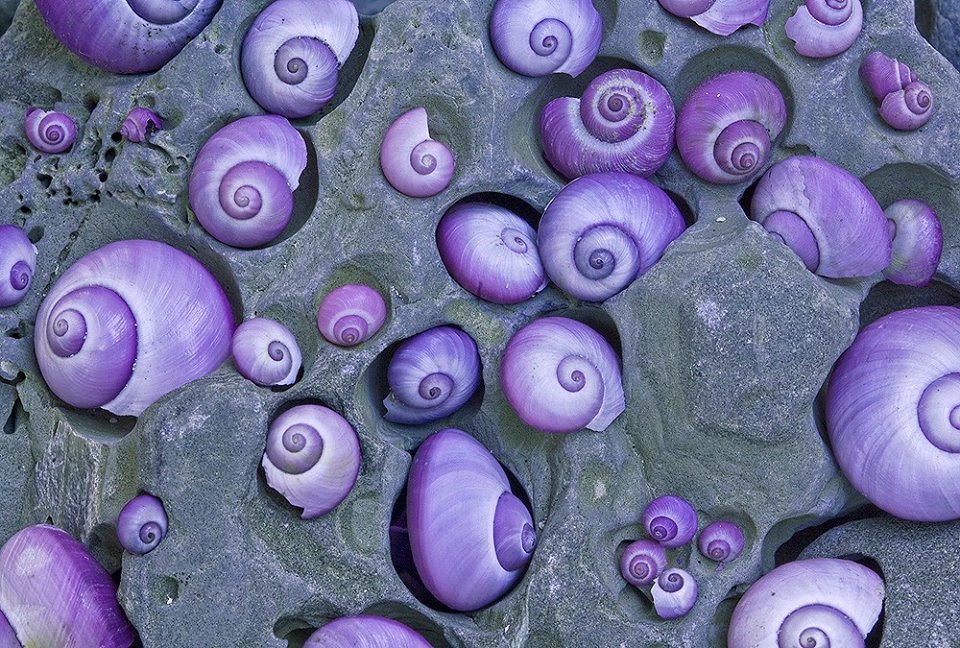
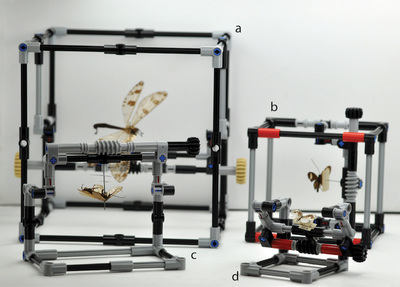
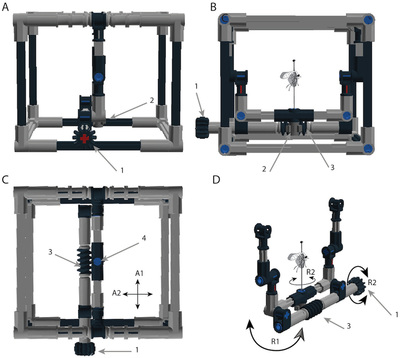
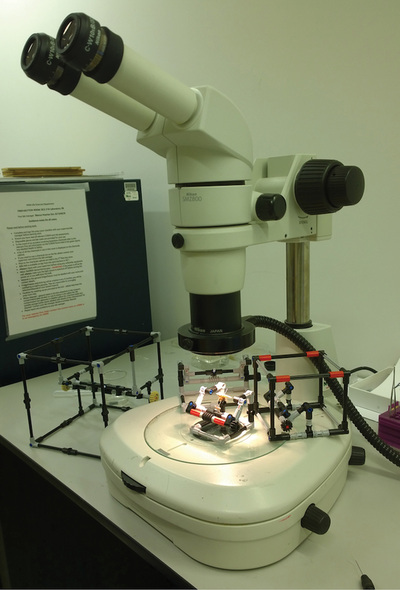
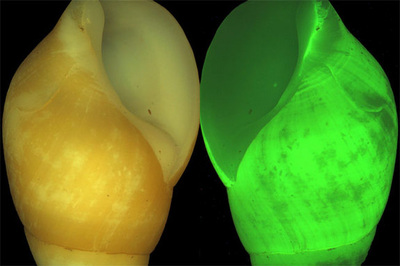
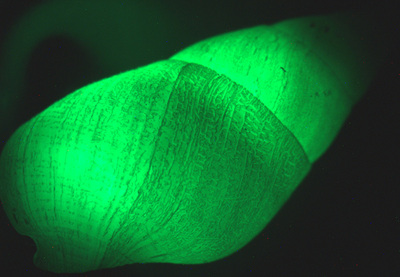
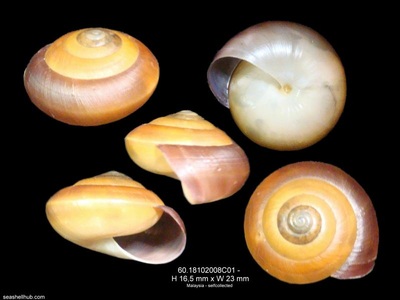
 RSS Feed
RSS Feed
